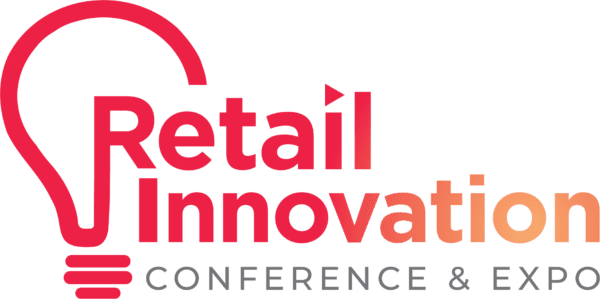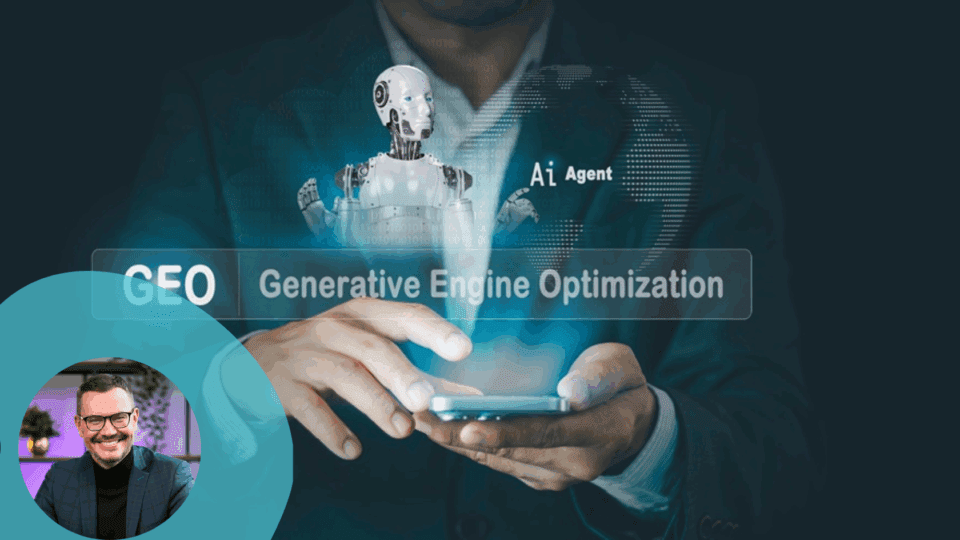Cutting-edge technologies like Google Lens and other search tools powered by mainstream LLM models are the new normal. With this, the traditional search model that has dictated internet browsing methods for the last 20 years is on the verge of being surpassed by more intuitive designs. A huge knock-on effect of this has been to Search Engine Optimization (SEO) experts, who are being asked to rethink their strategies to keep up with the rapidly evolving, AI-driven online landscape.
Search 2.0 and its Effects
Previously, SEO revolved around keywords, backlinks and content relevance. However, we’re seeing that these are no longer key aspects of rankings for new AI tools. Emerging generative search engines and tools like ChatGPT offer a chatbot-like interface that feels more like talking to a helpbot instead of just presenting a list of websites with meta descriptions and no further insight.
This style of search is having a real impact on traditional systems, with 60% of all searches now being zero-click, which can be attributed to advancements like Google’s AI Overviews, meaning users don’t need to go onto sites to get the answers they need.
Meanwhile, visual search, like the Google Lens feature mentioned earlier, enables users to find information using images and videos rather than having to manually describe what they want to know about. Mainstream adoption will take time – one recent consumer survey shows that only 10% of U.S. adults use visual search frequently. Still, Google Lens already boasts nearly 20 billion visual searches every month, providing a real chance for retailers since often, users are using it to find where a product is on offer online.
This shift in user behavior means that embracing Generative Search Engine Optimization (GEO) is sink-or-swim for retailers, but it does bring with it a new set of rules that stray from conventional SEO practices.
Data’s Part in the Equation
While data collection and analysis will still play a colossal part in online marketing now and in the future, the type and amount of said data will be noticeably different. To keep up with the visual search trends, SEO tool providers and marketing teams will have to become more efficient at extracting and processing image metadata, alt text and even image compositions.
Alongside this, research shows us that generative search engines differ in the types of content they favor — for example, preferring articles that cite authoritative sources. Early beliefs are that content written with an authoritative voice, credible references and thorough sourcing can really boost the chances of inclusion in responses. This pivot means that how retailers organize, source and present information is becoming more important than traditional SEO tactics like keyword density and placement.
SEO Expert’s Toolbox: Adding in GEO Support
As GEO ushers in a new era of search, new analytical tools that align with the modern ways people search for information online will rise rapidly in popularity. SEO tools have been designed to identify web pages that are ranked at the top of traditional search results. However, generative engines don’t just rank and list links – they provide the user with detailed answers pulled from what they can find online and perceive as ‘credible,’ often citing sources within or beneath their responses.
Consequently, getting a business to rank higher now requires a fresh optimization approach. Retailers and their marketing teams need to look for tools that analyze how AI-driven search engines rely on particular sources to generate answers for user queries. This can be done by utilizing real-time data collection methods to track how generative search engines are ranking sources.
At this stage, teams looking for new SEO or GEO tools should consider the following as essentials:
- Analyzing image composition and quality: Deciding which visual elements (lighting, composition, subject focus) perform better in search results.
- Evaluating image metadata comprehensively: Beyond basic alt tags, also taking into account detailed descriptions, contextual information and semantic relevance.
- Ranking video content in terms of searchability: Identifying which segments, topics or visual elements within videos are likely to appear in results.
- Comparing visual content performance cross-platforms: Considering how two identical images might perform differently in Google Lens as opposed to social media-based visual search.
- Providing helpful recommendations: Not just analyzing what works but offering specific guidance on how to improve content.
- Tracking trends: Identifying and feeding back on patterns in how users search with images and how search engines respond to those queries.
First Steps to Master GEO
Due to how new to the market GEO is and how secretive developers can be about algorithms, standardized best practices are yet to be established. As such, marketers need to adopt an experimental mindset, being prepared to test different strategies and measure their effectiveness. This may feel time-consuming, but it will give them the edge over competitors that choose to wait for experts to agree on the best next steps. This could include:
- Engaging with A/B testing of visual assets with varying attributes to test how they rank in visual search results.
- Trying out different content structures and citation patterns to monitor what makes them more likely to be cited by generative search engines.
- Monitoring how user behavior around search results changes as they get more comfortable with visual and generative search features.
Taking a Look Forward
The transition to GEO methods presents both challenges and opportunities for retailers. In the coming months, the picture of this revolution will become clearer as more research is done. Initial analyses agree on the fact that underlying concepts of data-informed decision-making still apply, like in SEO — the difference being what data is gathered, how it’s processed and how the results are used.
Companies that take the time to learn and experiment in understanding the GEO landscape, hone necessary analytical skills and create content optimized for visual and generative search will set themselves up for success in the digital marketplace of the future.
For over 13 years, Gediminas Rickevičius has been a force of growth in market-leading IT, advertising and logistics companies around the globe. He has been changing the traditional approach to business development and sales by integrating big data into strategic decision-making. As the Senior VP of Global Partnerships at Oxylabs, Rickevičius continues his mission to empower businesses with state-of-the-art public web data gathering solutions.




